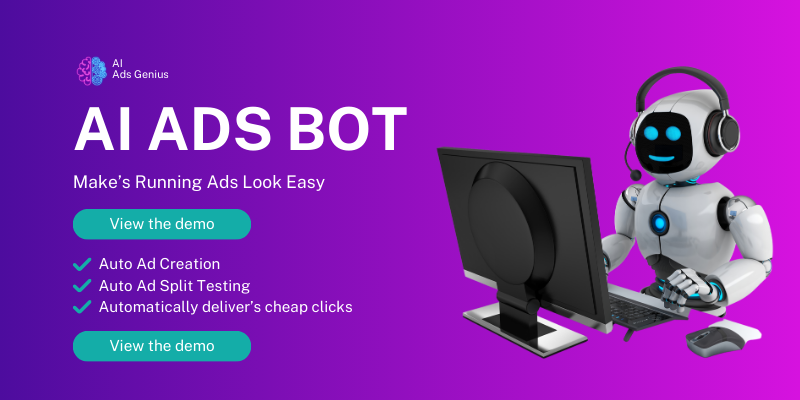Target Audience and Reach
Understanding Your Audience
When it comes to dental marketing, understanding who you’re talking to is crucial. I’ve learned that both Google and Facebook cater to different audience types. Google Ads are fantastic for targeting those who are actively searching for dental services. These folks have a need—they’re ready to find a dentist. On the flip side, Facebook ads allow for a more broad approach, letting you build brand awareness and engage with potential patients even before they’re dental-minded.
Moreover, targeting on Facebook is based on interests, behaviors, and demographic information. This has helped me reach folks who might not be actively browsing for dental services but fit the profile of my ideal patient. It’s like casting a wide net to find those hidden gems that might just need a little nudge to become patients.
Understanding how these platforms can reach diverse audience segments has shaped my approach to dental marketing tremendously. I often encourage dentists to assess who they want to serve and then match that with the right platform.
Cost and Budgeting
Evaluating Your Marketing Budget
One thing I’ve come to realize over time is that dental marketing isn’t a ‘one size fits all’ type of deal. When running Facebook ads, I found that I could often get more bang for my buck, especially when experimenting with various ad formats and targeting. I mean, who wouldn’t want to stretch that marketing budget as far as it can go?
On the other hand, Google Ads can appear more costly upfront, especially in competitive areas where dental services are in high demand. But here’s the thing: I often remind myself that while initial costs might be higher, the return on investment can be much greater with Google Ads if done right, because they attract patients who are ready to convert.
In my experience, the magic lies in tracking your ad spending and adjusting as you go. Start small, analyze your results, and scale what works. That’s the best way to make your marketing budget work for you!
Ad Performance and Metrics
Measuring Success
After launching campaigns on both platforms, I quickly learned that measuring success is vital. With Google Ads, it’s all about the conversion metrics—how many people booked an appointment after clicking your ad? It’s crucial to track this carefully, as savvy dentists do to see what’s really working.
Facebook ads, on the other hand, provide a different set of metrics to look out for—engagement rates, likes, shares, and comments. I found high engagement rates can indicate a successful connection with my audience, even if that doesn’t directly lead to immediate appointments.
Utilizing both platforms, I set up robust tracking mechanisms to constantly evaluate my ad performance. The real key is adjusting based on these metrics, which ensures that I’m always optimizing for the best results.
Creative Freedom and Content Type
Crafting Your Message
One of the most enjoyable aspects of using Facebook ads for my dental practice has been the creative freedom. I can use engaging images, videos, and even patient testimonials to create relatable content. It’s a way to tell my practice’s story and connect on a personal level.
But let’s not forget about Google Ads. While they might feel more limited in terms of creative options (mostly text), I’ve learned to craft compelling headlines and descriptions that grab attention right away. After all, when you’re competing for those search results, every word counts!
The balance between these two platforms allows me to diversify my messaging and reach patients through both storytelling and direct response, keeping things fresh and engaging.
Implementation and Management
The Work Behind the Ads
This is where you really roll up your sleeves! When I started running both types of ads, I discovered that managing them can be quite labor-intensive. Google Ads require ongoing keyword research, bid adjustments, and sometimes painful optimizations to make things work smoothly.
Facebook ads, while often more straightforward to set up, still require regular monitoring to keep performance on track. Managing audiences and tweaking content based on engagement levels can take time, but the payoff is worth it when you see your practice’s growth.
Having a plan in place and dedicating time each week to this management has been crucial for my success. I also find that sharing responsibilities with a marketing team or agency can alleviate some of this burden while still getting great results.
FAQ
1. Which platform is better for attracting new dental patients?
It really depends on your target audience. Google Ads excel in attracting people who are actively searching for dental services, while Facebook can help you build awareness and engage potential patients early in their journey.
2. How much should I budget for my advertising campaigns?
Your budget will vary based on your goals and local competition. Start small, test different ads, and analyze the cost-per-conversion before scaling up.
3. How do I measure the success of my ads?
For Google Ads, track conversion metrics such as appointment bookings. For Facebook, monitor engagement rates like comments and shares to assess how well your content resonates.
4. Can I run ads on both platforms simultaneously?
Absolutely! Many successful dental practices use both platforms to diversify their marketing approach and reach different segments of their audience.
5. Do I need to hire a professional for running ads?
While it’s possible to run your own ads, many dentists find that hiring a marketing professional or agency can save time and improve results, especially if you’re just starting.

